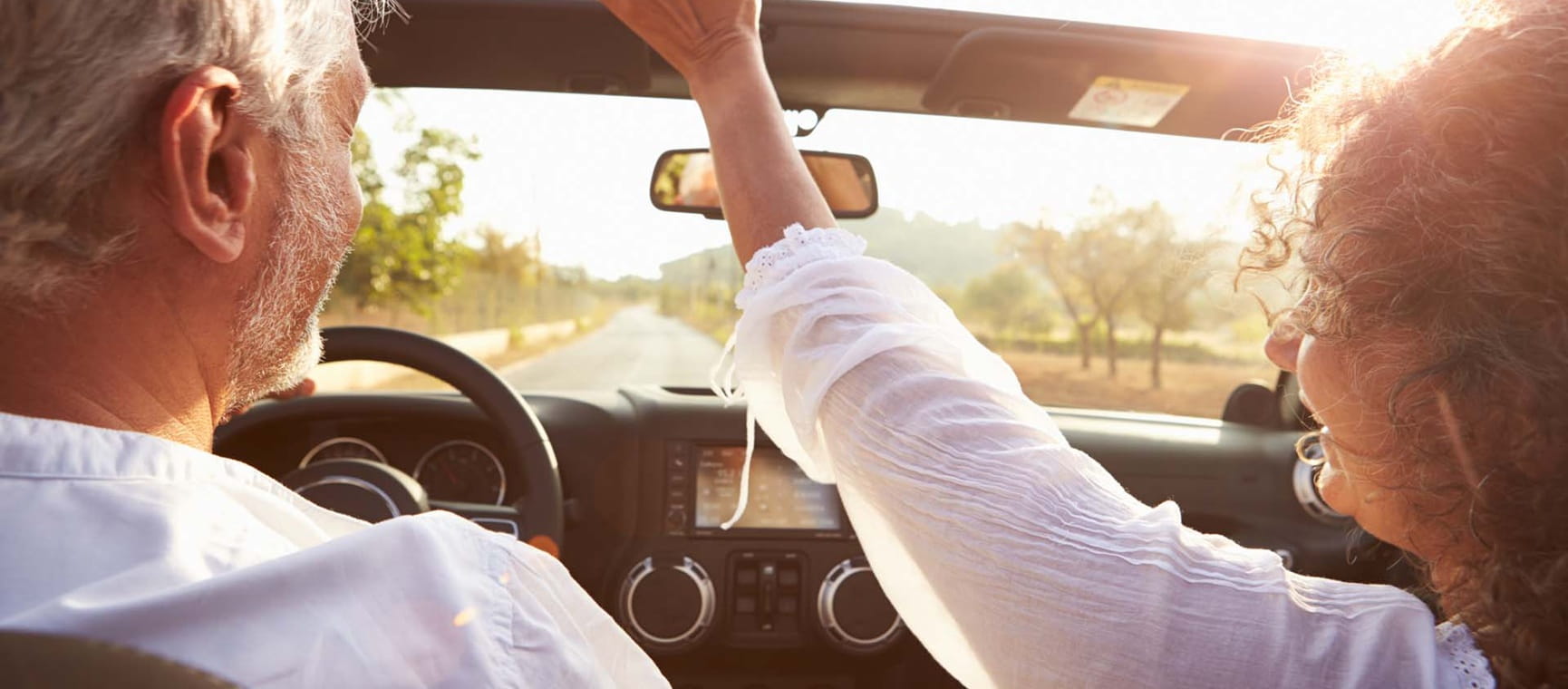Uzbekistan: a treasure trove of Central Asian culture, heritage and history
Filled with eastern promise and Silk Road history, Uzbekistan has become surprisingly easy to visit. Our expert tells you where to go and what to see.

Filled with eastern promise and Silk Road history, Uzbekistan has become surprisingly easy to visit. Our expert tells you where to go and what to see.

In Khiva, a friendly stallholder shows me her array of embroidered tablecloths. The handstitched designs are lovely, but this amiable lady’s bright smile is distracting. Her golden teeth, reflecting the sunlight, make the welcome truly dazzling. In Uzbekistan, gold teeth have traditionally represented social standing and wealth and I begin to see golden smiles everywhere.
I’ve long been curious about the mysterious, rugged wilderness of Central Asia. Beach holidays really aren’t my thing, so it was the fascinating culture and history of this land-locked region that attracted me.
If you’re keen to explore Silk Road cities with exquisite Islamic architecture and authentic bazaars, Uzbekistan is the ideal destination, with five UNESCO World Heritage Sites.
Under Russian control from the 19th century, the republic – almost double the size of the UK – gained independence from the USSR in 1991. It’s a land with an enthralling past. Criss-crossed by Silk Road camel caravans from 130 BCE to the 15th century, merchants traded ideas as well as silk, gold, ceramics and spices.
For a stay shorter than 30 days, no visa is required. The best time to visit is spring or autumn as winters are harsh and summers are long, peaking at a high of 40˚C in July. Strikingly, I notice, most cars on the road are Uzbek-built Chevrolets, all painted heat-reflective white.

Uzbekistan’s capital Tashkent, rebuilt after a 1966 earthquake, has a definite Soviet Modernist vibe. There’s no litter anywhere as the Lyuli community, who originated in India, recycle everything, collecting plastic, glass and paper on piled-high donkey carts and electric scooter-trucks. I travel around on the clean and safe Metro, paying just 3,000 Uzbek som (18p) for a ticket. On a blistering day, it’s a cool retreat from the sun.
Chorsu Bazaar is a surprise. Erected in the 1980s to replace the ruins of Tashkent’s oldest market, the structure resembles a giant flamboyant tureen. Under the lid, however, time stands still.
I’m hit by the scent of bread baking in clay ovens, pickles, dried yogurt snacks, tangy desiccated fruit and fragrant infusions.
Loaves of delicious obi non bread cost 5,000 som (30p) each, with a walnut and onion flavoured cob only a little more expensive.
"Smell my tea", a young stall holder beckons in English, "smell my tea".
I am always seeking enticing "otherness" on my trips abroad and Uzbekistan is stimulatingly unfamiliar. I sample a juicy yellow fig, but decline the horsemeat sausage.
This secular country has a Muslim majority society and women dress demurely. At the Khast-Imam Complex, one of the world’s oldest Koran manuscripts is housed in the Mo’yi Muborak madrasah (theological school). I carry a scarf to place over my head in all religious buildings and keep shoulders and knees covered. I also carry my passport at all times, as required by law.

In the 17th century, a slave market was founded in Khiva, an oasis between the Karakum and Kyzylkum deserts, and the Itchan Kala (inner Royal Court) is protected by walls 10 metres high.
The stocky half-built Kalta-Minor minaret sits at the West Gate and inside the ramparts, small stalls line the streets. Local crafts include decorative wooden bookstands and astrakhan chugurma hats – made of sheepskin, also known as Persian lamb. Each hat once cost the price of a camel.
It’s too hot to haggle, so I head to the shade of Juma Mosque, supported by 212 timber pillars, then to sumptuously decorated Tosh-Hovli Palace, with special quarters for the former ruling khan, his four wives and a large harem.
Uzbekistan is renowned for its turquoise blue (al-azraq) mosaic tiles and Bukhara’s 16th-century Kalyan Mosque is embellished with intricate ceramic patterns.
At Bukhara bazaar, I shop for a silk kaftan (250,000 som/US $20), paying in widely accepted US dollar bills. (Crisp new notes are preferred as grubby money is looked on with suspicion.)
Gnarled mulberry trees border Lyabi-Hauz pool in the main square. Uzbekistan has produced silk since ancient times.
In the 1920s, even local currency was printed on silk and now the industry is a state-controlled monopoly.
Green tea, rather than black, is drunk widely and Uzbekistan’s national dish is plov, a slow-cooked tender lamb and rice mix. For lunch I love the sorrel soup and spicy Korean-style salads with fried aubergine.
Thousands of Koreans were deported from the Soviet Union to Uzbekistan by Stalin, enhancing its cuisine. Bukhara, with a 17th-century synagogue, also has local Jewish-influenced flavours.

Turco-Mongol warlord Tamerlane made Samarkand his capital in the 14th century and Registan Square is a grand plaza created by three azure-fronted madrasahs. Once a public square for royal proclamations, it’s still a gathering place. I watch the preparations for an international music festival, atmospheric lighting illuminating this historic location.
Most remarkable of all, Ulugh Beg Observatory, built in the 1420s, allowed astronomers to chart planets and stars.
In the classic 1946 movie It’s a Wonderful Life, James Stewart’s character George Bailey longs to see exotic Samarkand but doesn’t make it. You really should go.
Explore Uzbekistan on the 11-day guided Jewel of the Silk Road tour on 26 August 2025.
The tour follows the Silk Road route, taking in dramatic dessert scenery, grand tombs and the palaces of this unique travel destination.

Saga offers escorted tours throughout Europe and as far afield as Canada, Australia and even Uzbekistan, plus hotel stays in popular European hotspots including Spain, Portugal and Greece.
Find your perfect holiday today.

For a limited time, enjoy 3 issues of Saga Magazine for just £1. Receive the next 3 print editions delivered direct to your door, plus 3 months’ unlimited access to the Saga Magazine app—perfect for reading on the go.
Don’t miss your chance to experience award-winning content at an exceptional price.
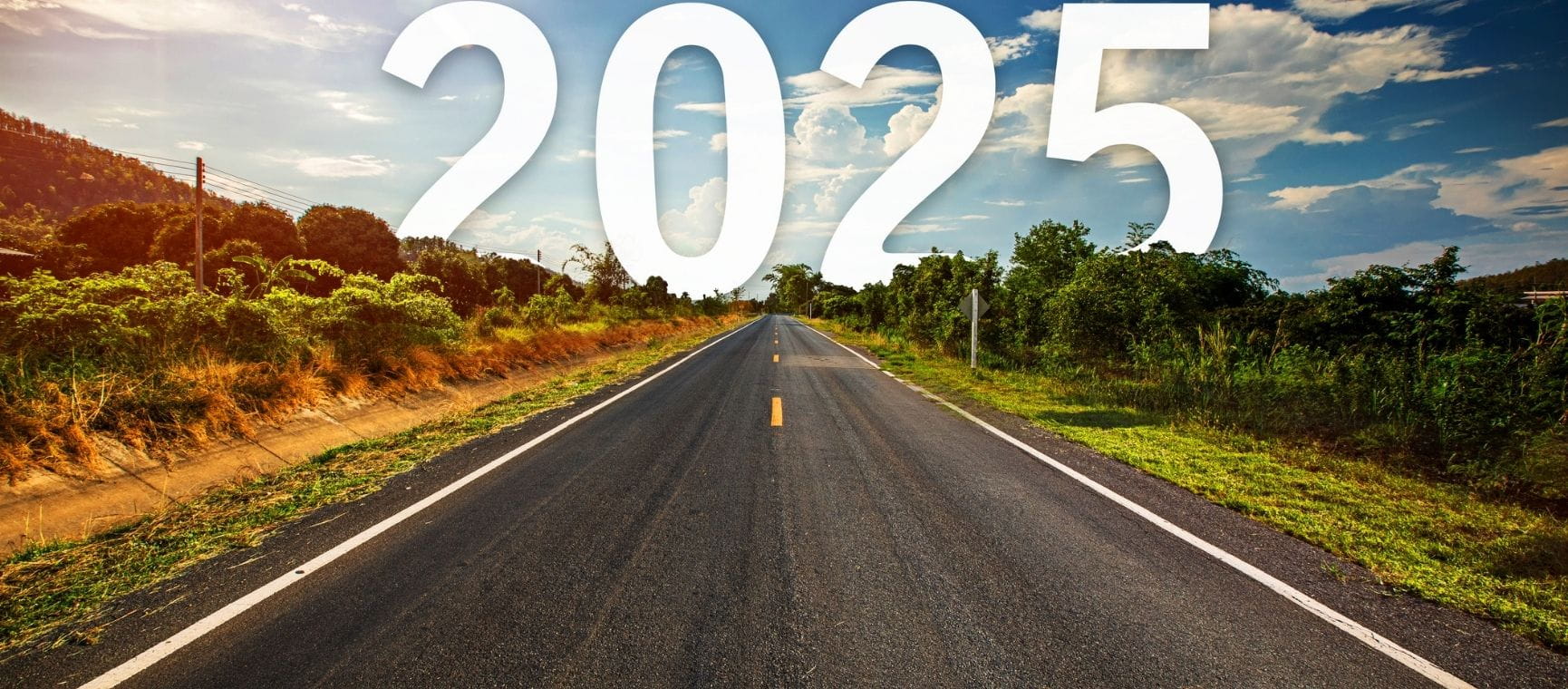
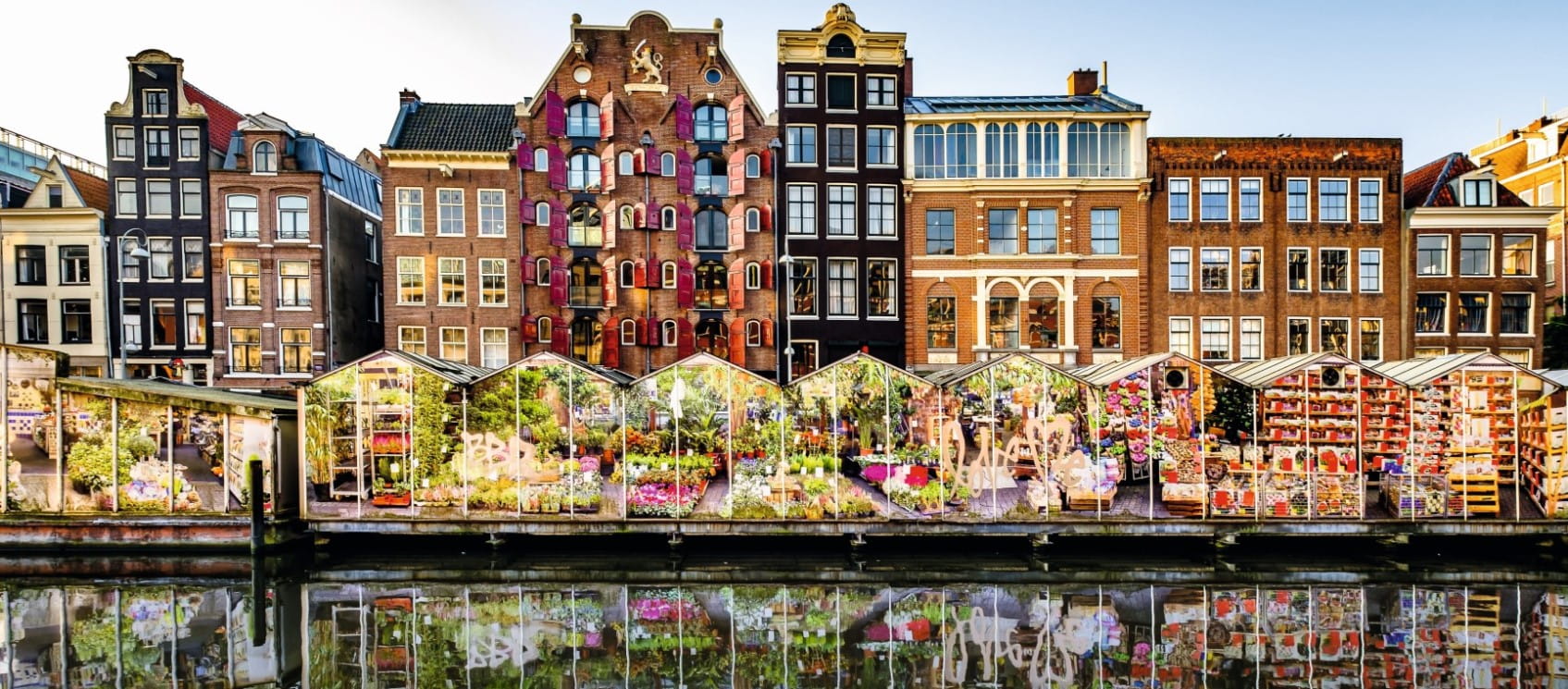
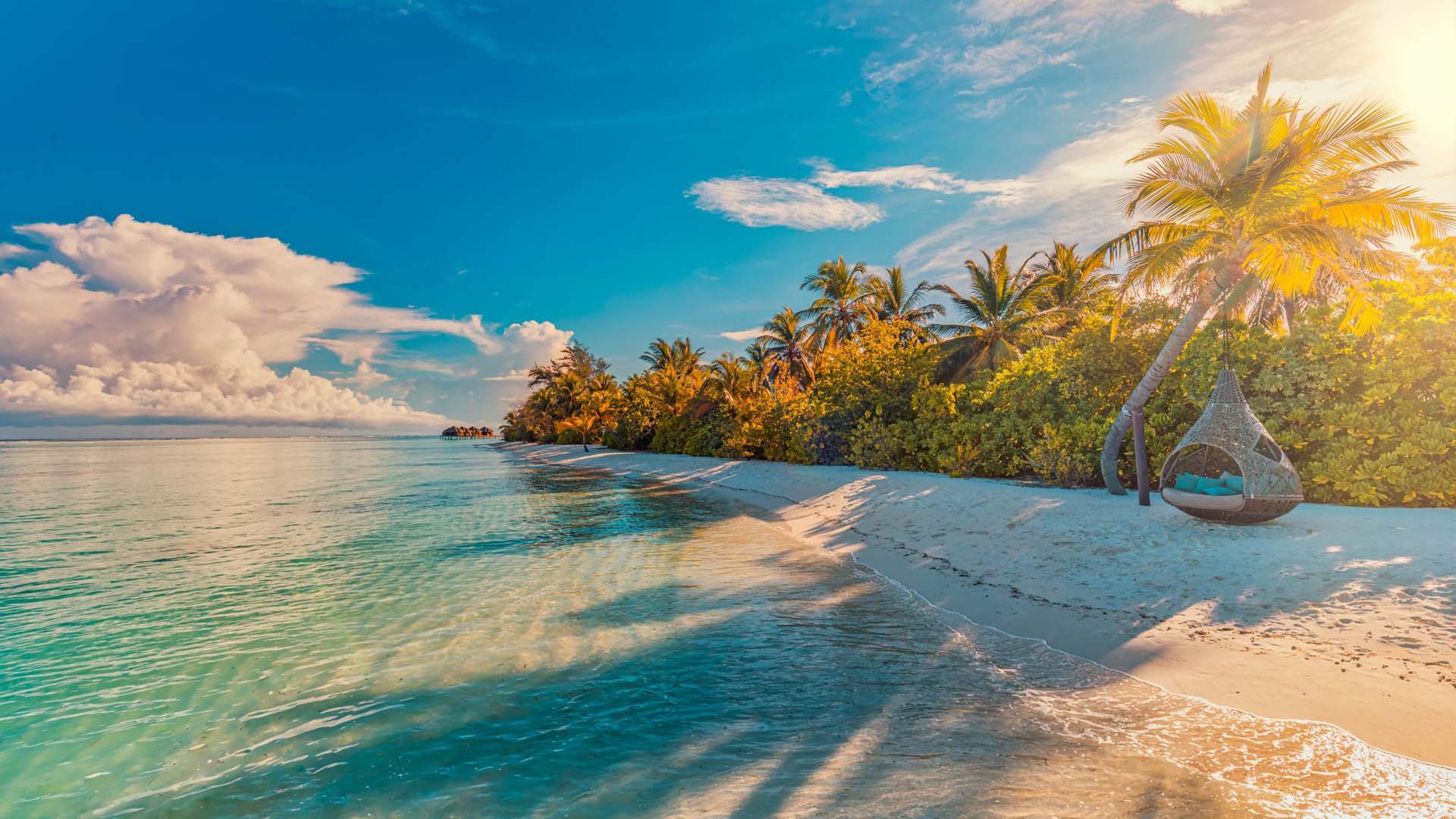
Whether your perfect beach holiday is just sun, sea and sand, or if you like a bit of sightseeing, shopping or snorkelling thrown in, one of these might be your ideal destination.
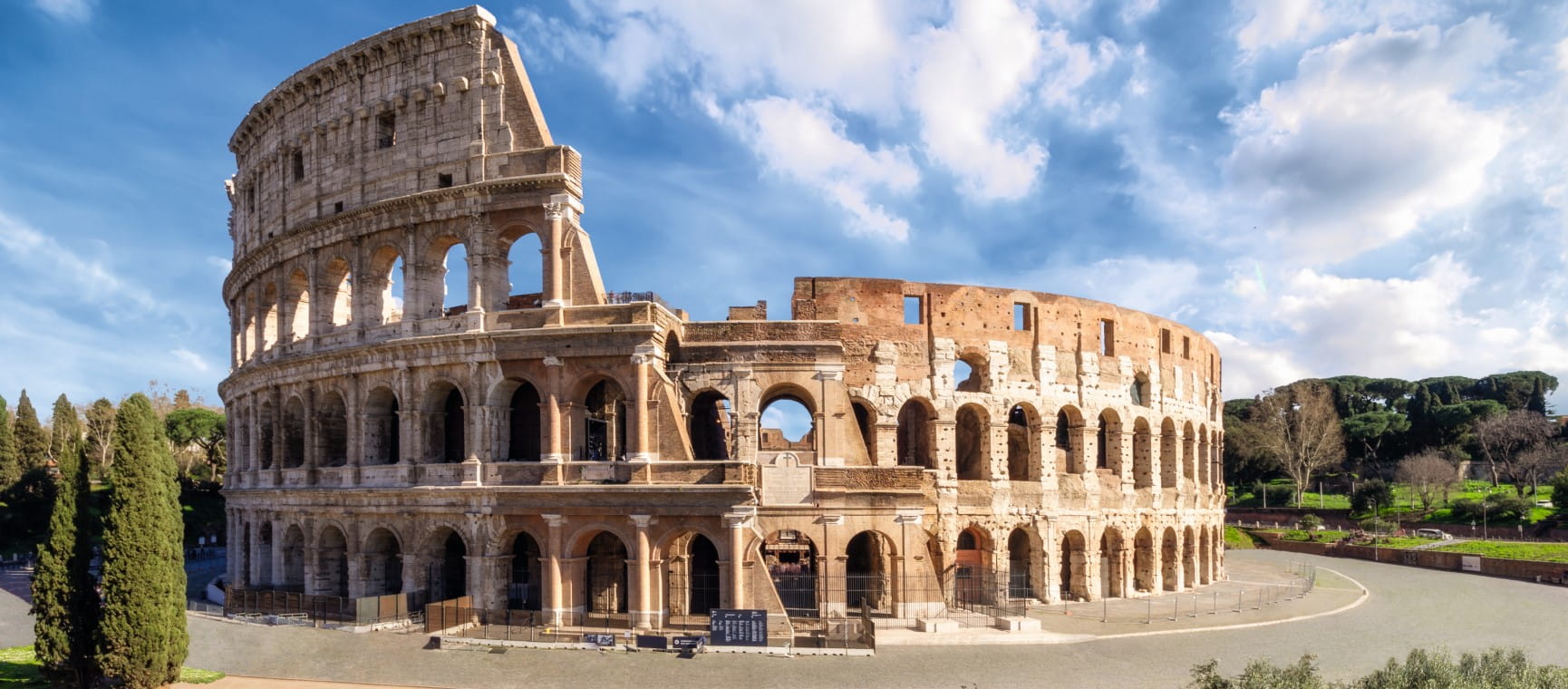
Jetting off to Italy’s ‘Eternal City’? We reveal the best places to visit in Rome, from ancient temples to al fresco dining with a view.
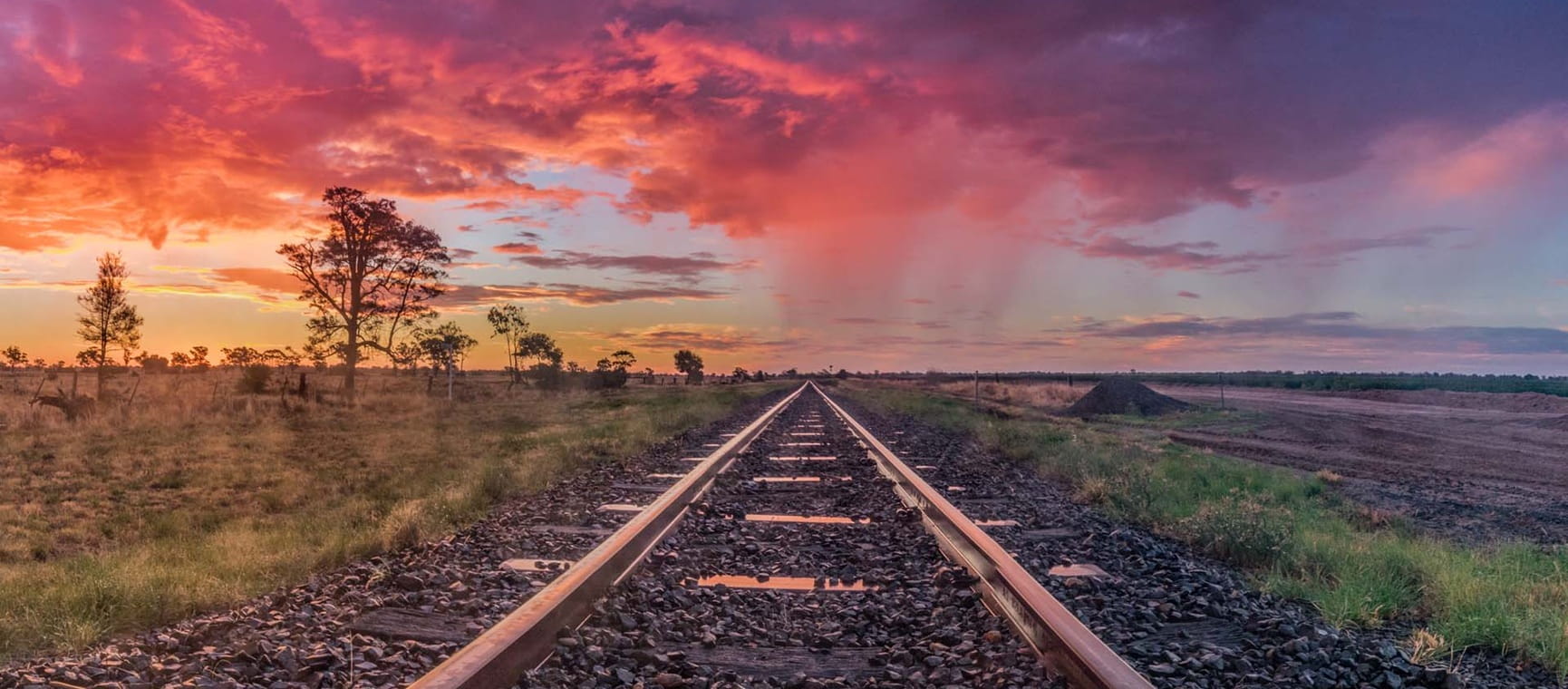

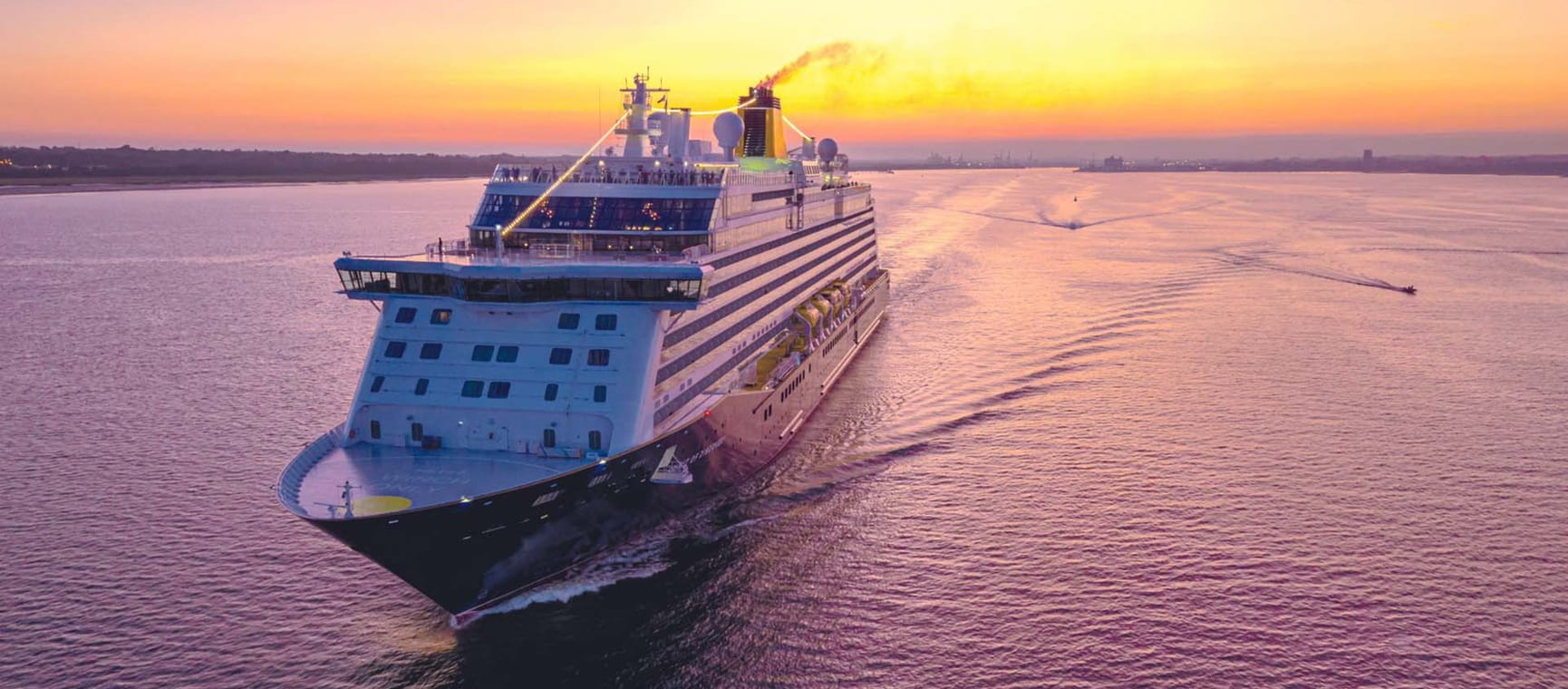
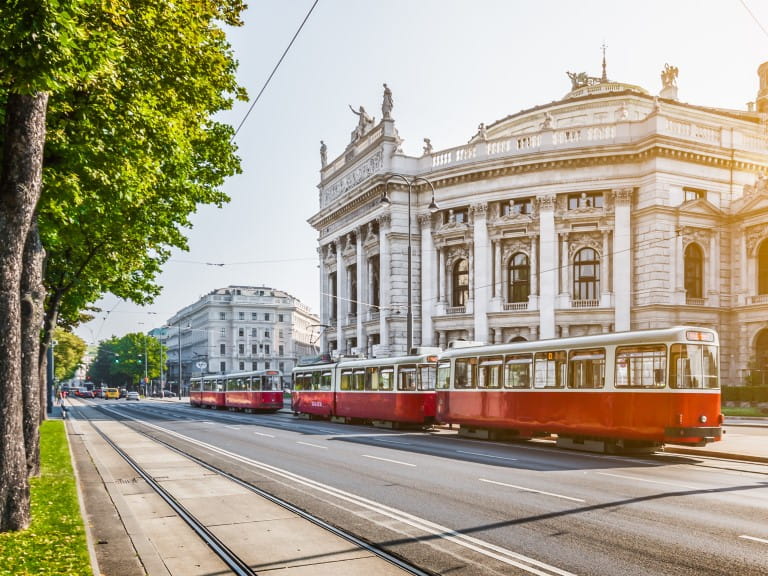
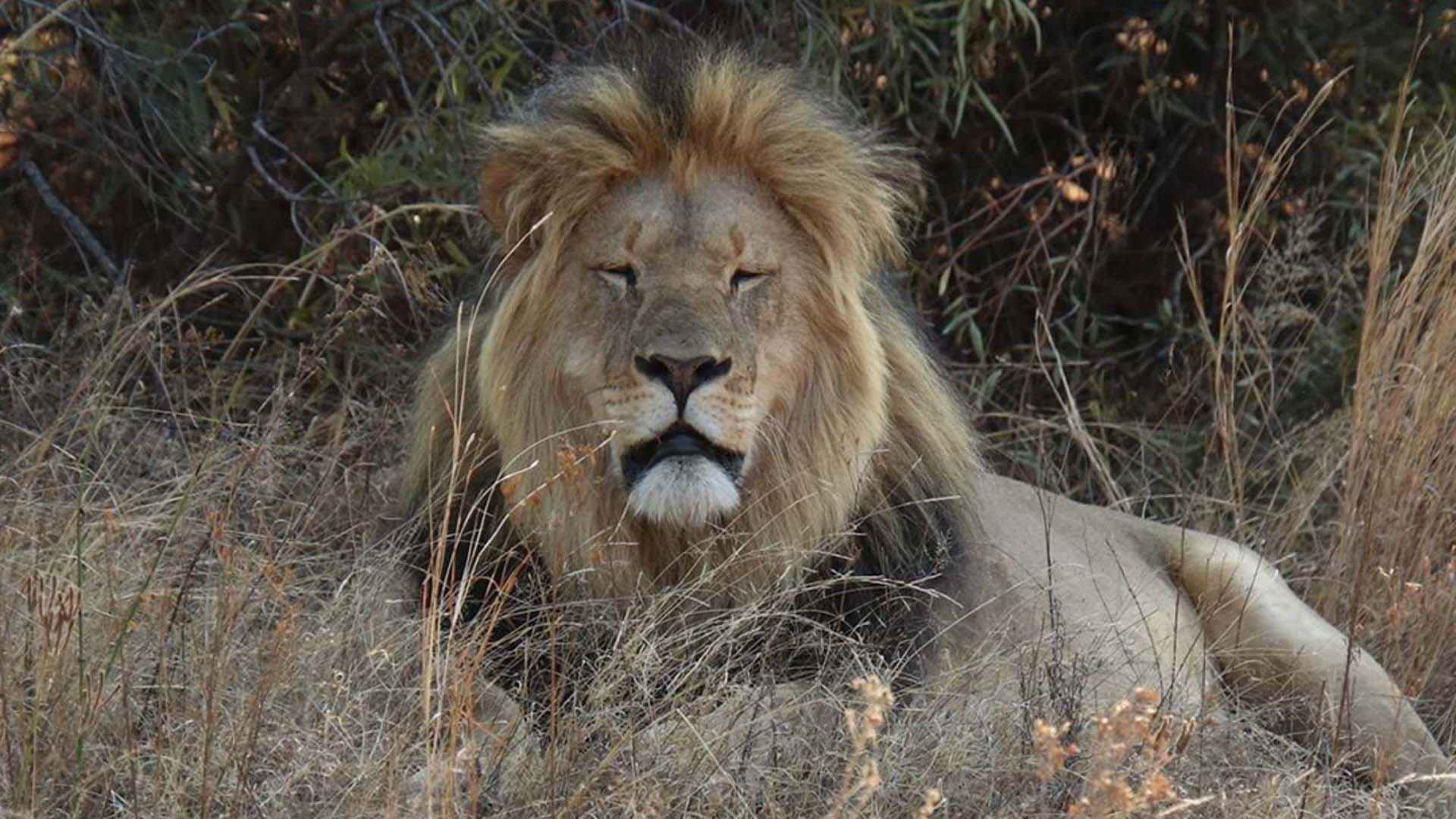
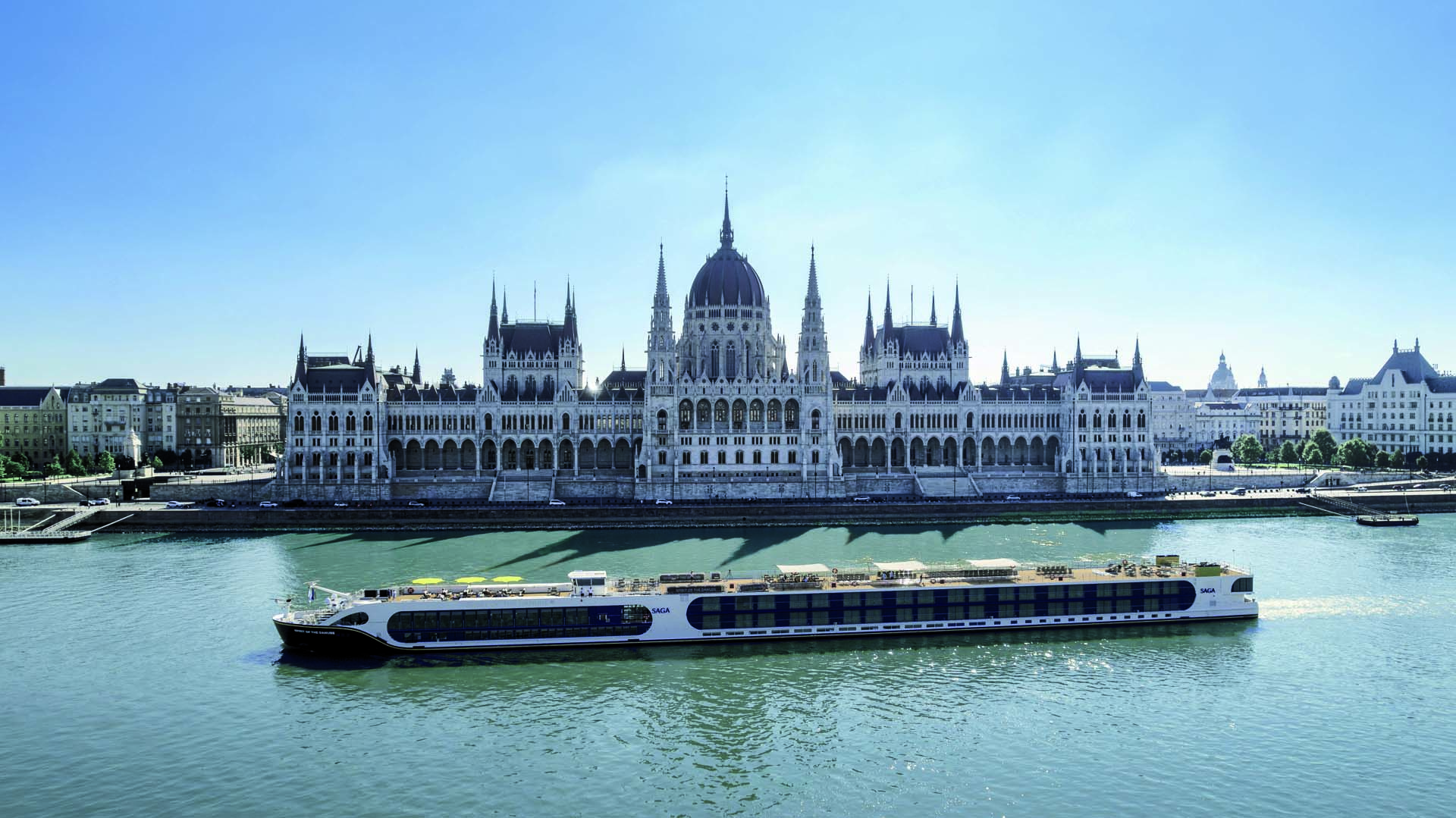
Autumn on Europe’s rivers is always spectacular. We’ve got the best cruises to try in 2025.
